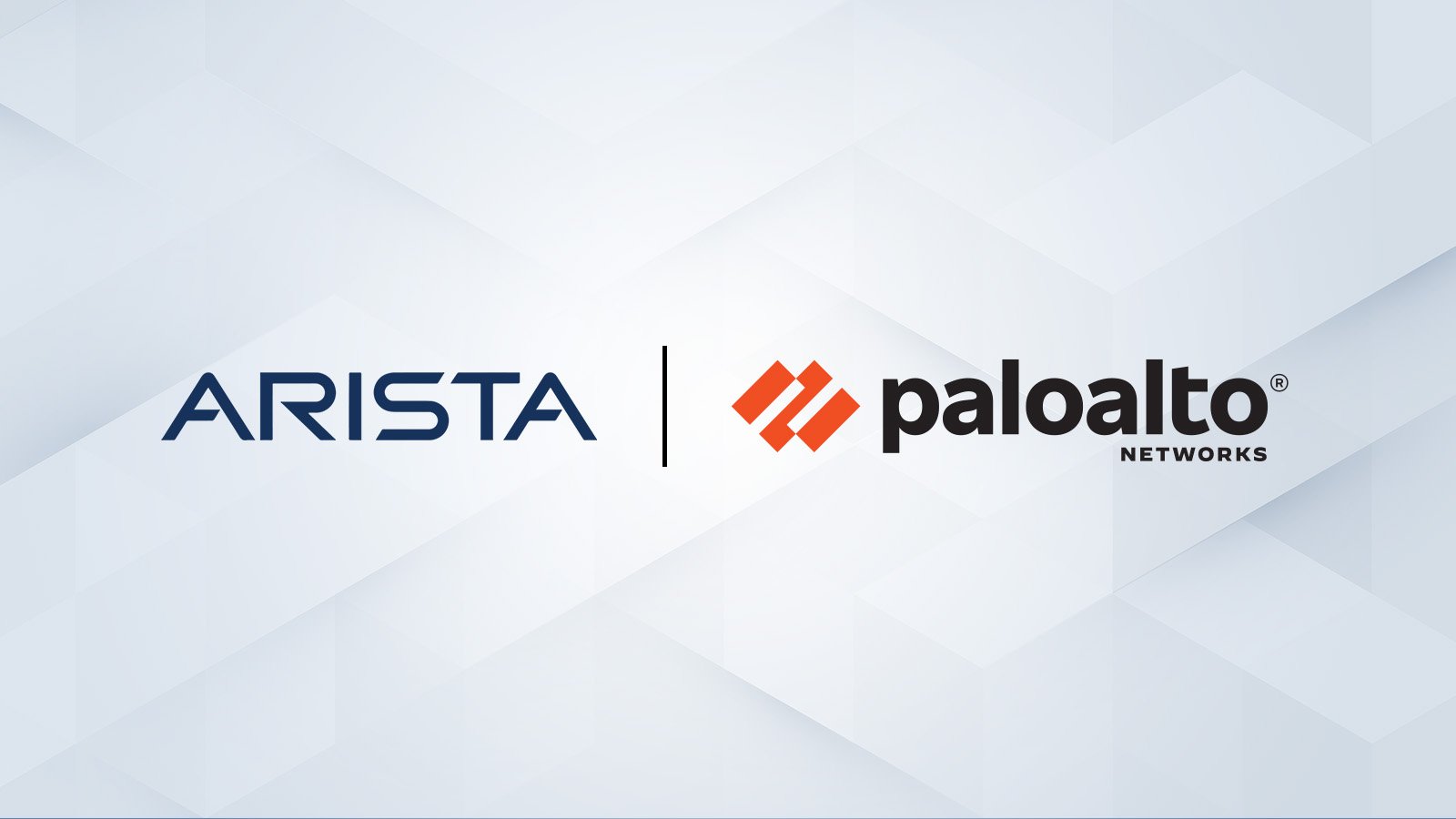Delivering Reliable AI and Cloud Networking
The explosive growth of generative AI and the demands of massive-scale cloud architectures have fundamentally redefined data center networking...

It's tough times on Tasman Drive. Struggling to apply old technology to the new world of cloud computing, Cisco is potentially facing the largest loss of data center market share in its history. We can understand why Cisco would take the battle from the marketplace to the courtroom. What surprises us is the length that Cisco has gone to misrepresent our actions and the nature of the litigation in order to justify their assault.
Despite its accusations of “stealing,” not one single line of Arista software comes from Cisco. All of our code is either written by us or properly licensed from third parties. Further, this is not a trade secret case. Cisco has not asserted any claim that we’ve used any Cisco trade secrets to develop our technology. We take the obligations of our employees to their former employers seriously and instruct all new engineers to leave any confidential materials behind. These facts are clear and Cisco has not claimed otherwise.
Cisco’s assertions of “stealing” appear to stem from our use of industry standard CLI commands, like "show interfaces.” When Cisco started to build networking equipment in the ‘80s, it provided a CLI that borrowed both concepts and commands from preexisting CLIs. As network gear began to proliferate, it recognized the strategic value of positioning its CLI as the industry standard so that customers didn’t have to choose between learning multiple CLIs or facing vendor lock-in. Since then, Cisco has widely marketed, and encouraged customers and vendors to adopt, its entire command set as the "industry standard." In 2008, when we shipped our first products, we joined the industry in adopting the industry standard CLI because this was what our customers expected. Today, most leading switch vendors share hundreds of multi-word commands with one another and with Cisco. But with its market position threatened, Cisco has now reversed position and claimed proprietary ownership of the industry standard in a “bait and switch” that impacts the entire industry.
Cisco also likes to conflate Arista’s implementation of features widely used in the industry with “theft.” Much like with the CLI, when we entered the industry in 2008, we offered these features like all other vendors because that is what our customers expected and no one ever claimed to own exclusive rights to such industry features. In some cases, these features weren’t even implemented by us but by our vendors. Now Cisco claims to have patents that prevent anyone other than Cisco from implementing such standard features and accuses Arista of “stealing” patented technology. But, Cisco never notified Arista of the patents before it filed its lawsuits. Beyond that, patent infringement claims are not about “theft” but whether the implementation of these features infringes the specific claims of a patent and whether these patents are valid in the first place.
For example, U.S. Patent No. 7,023,853 discloses certain details of implementing access lists in switch chips (using TCAMs). Arista doesn't make switch chips. It's not Arista's technology that's at issue, but rather the implementation details of chips we buy from Broadcom and Intel, some of the largest semiconductor companies on the planet. We didn't play any role in designing their chips and generally don't know how they work with respect to what Cisco says infringes. To claim that Arista’s use of technology made by a third party is "Arista stealing" is disingenuous.
In other cases, Cisco has abandoned even the pretense of “stealing” or “copying” Cisco intellectual property by asserting patents against Arista features that have virtually no relationship to them. As an illustration, take a look at US Patent No. 7,340,597. If you read the patent, you will see it describes a security chip that snoops the interactions between a CPU (running a switch operating system) and a switch ASIC, monitoring for configuration changes that might indicate the switch has been compromised, and alerting the administrator as needed. That's an interesting idea, but our products don't do anything like it. So how can Cisco use this patent against us? Well, you have to give them credit for creativity. They are asserting this security patent against our process manager, a software component that starts other software components and restarts them if they fail. Does our process manager have anything to do with the security patent? Would a reasonable person imagine this patent had anything to do with process management? Of course not. But it is a sign of Cisco’s desperation that they chose to make this argument anyway. Fortunately, but not surprisingly, the ALJ saw through Cisco’s claims, and we are pleased that he has chosen to find no violation.
The bottom line is that Cisco is operating in bad faith. Cisco has promoted its products as having industry standard CLI commands and standard industry features for years. It's wrong for Cisco to surprise everyone in the industry by claiming intellectual property ownership of these common standards and practices now. And it is astonishing how far they are willing to go to protect their market position.

The explosive growth of generative AI and the demands of massive-scale cloud architectures have fundamentally redefined data center networking...
/Images%20(Marketing%20Only)/Blog/VESPA-Launch-Blog.jpg)
The modern enterprise is navigating a profound transformation. The shift to the 'all wireless office' and 'coffee shop type networking', fueled by...

Data centers have evolved into highly distributed, hybrid ecosystems that span private clouds, public clouds, and colocation facilities. This...